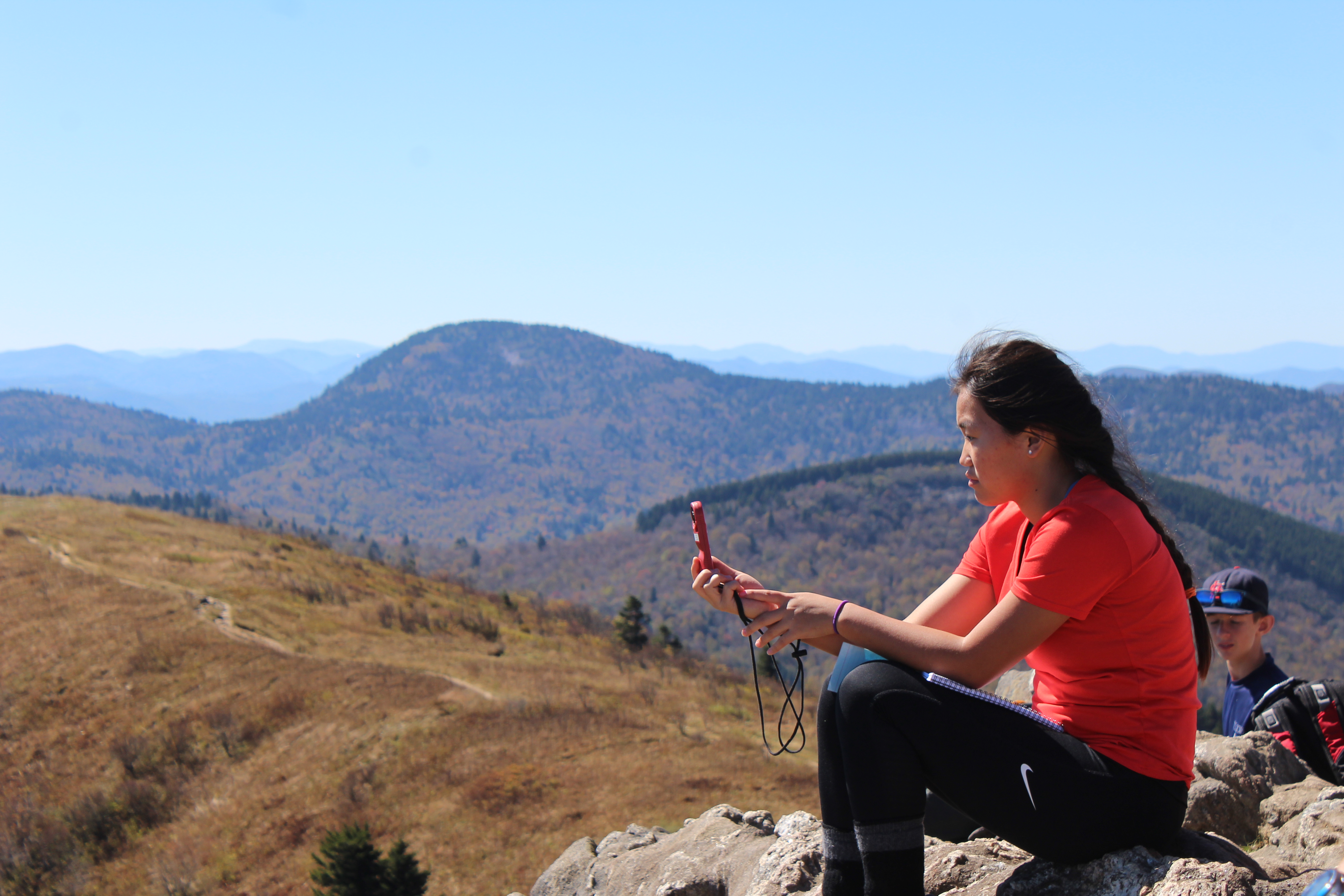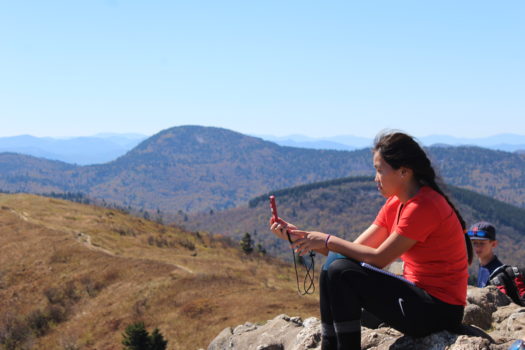Black Balsam Maps:
Birds Eye View:
Black Balsam Birds Eye View
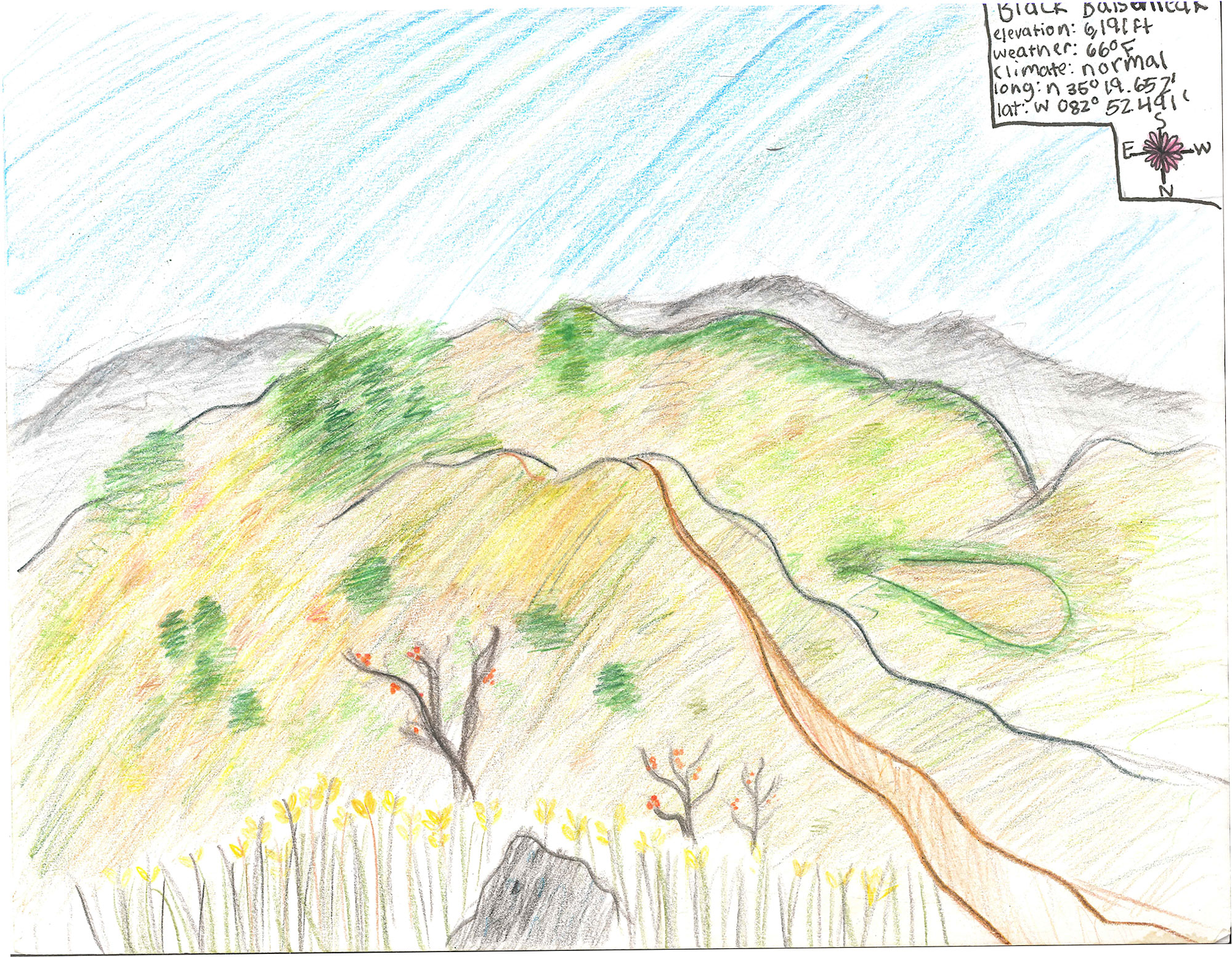
Blueberry Bushes
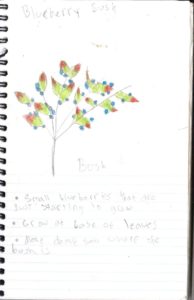
Blueberries are a perennial plant that is native to North America. Though you might only be familiar with seeing this plant in your local grocery store, seeing this plant in the wild gives you a much different view on how you might perceive this bush in settings other than the great outdoors. Blueberries Bushes were a key part in the environment we were studying.
Journal-Quotes
“Water and wind erode rocks on the mountain peak and it mixes in with the soil so it becomes rocky and sandy. This could prevent certain plant-like trees from growing.” Audrey Pinson
Butterflies
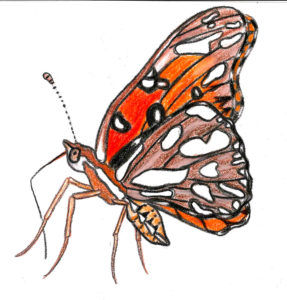
The Gulf Fritillary butterfly is mainly found in the southern United States. It is a brightly colored butterfly, and is very ascetically appealing. It has an orange and brown body, and is very nimble at avoiding predators using their erratic flight patterns. Seeing these butterflies on our trip was quite a treat!
Fern Discovery
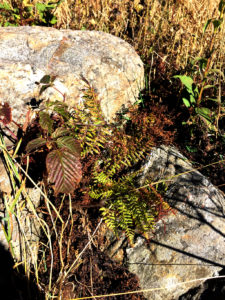
The fern species is very adaptable to different environments. For example, lets say there was a volcano that burned down all living things near it. Ferns, being their adaptable selves, would be one of, if not the first, species to begin growing there again. But, even though the ferns might have been the first to grow there, other plants would begin to 'take over' and the sad result is the ferns slowly dying off.
Coordinates
Elevation: 6,191 feet
Weather: 66°F
Climate: Normal
Longitude: N 35° 19.652'
Latitude: W 082° 52.491'
Weather
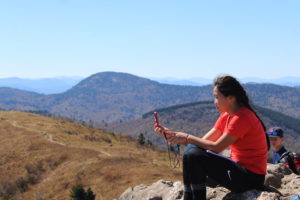
The weather in this environment was windier than any space we had studied so far. This perhaps was because of the lack of trees and the fact that we were in a higher altitude. It was very sunny, and some would argue that there really was no cloud in the sky. It was a beautiful day weather wise.
Geology
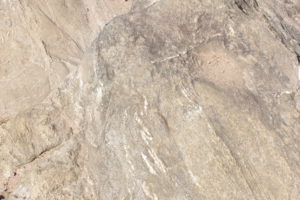
This was a very rock-rich site study as far as Geology goes. It is a mountain after all. We noticed that when we banged on the ground it almost appeared to have a hollow sound. It had an odd composition, when it eroded it left really odd mineral rich sediment behind. We think its correlated to the lack of plant growth in the area.
Human Impact-Trail
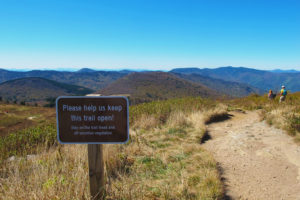
This trail is direct evidence that even though this seems so far from human life, we still find a way to impact these outdoors areas. Some trails it seemed, were made for the purpose of walking and enjoying the scenery, accompanied with signs and markers. Others appeared to just have been made by people repeatedly walking in the same path over and over. This human impact can result in erosion, disruption of ecosystems, and creates forks in the trails, resulting in confusion for other hikers. Moral of this is, watch where you walk!
Yellow Flower
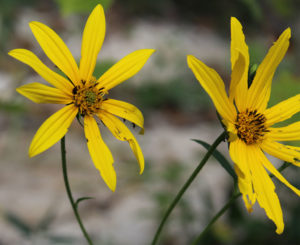
We saw many of these brightly colored flowers all over Black Balsam Knob. While unidentified, it was obvious to everyone that these flowers were key to this environment, because they were literally all over the mountain.
Topographic View:
Black Balsam Knob Topographic View
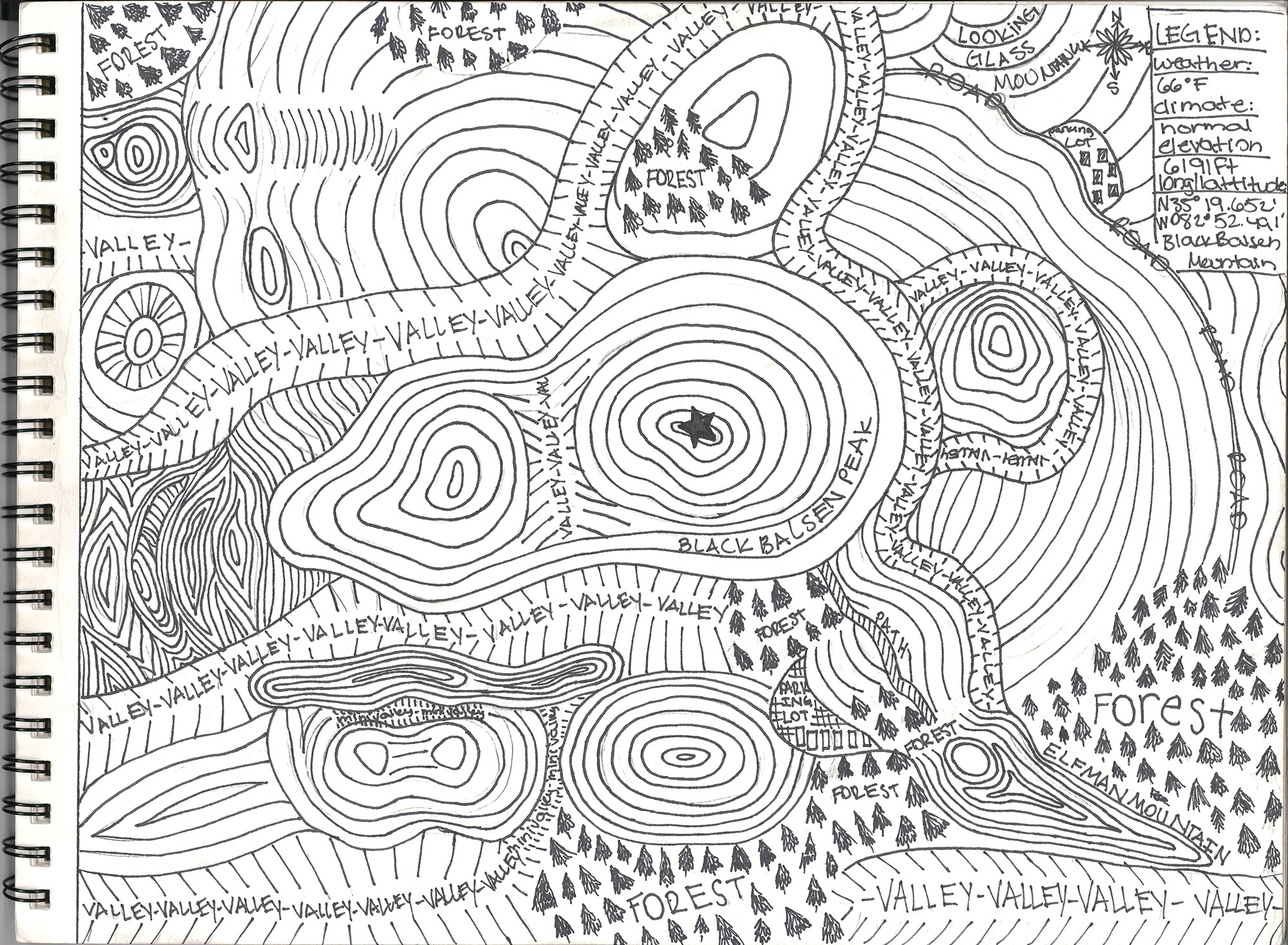
Journal-Quotes
“The lack of healthy soil means dryer plants and less diversity.” Graham Sanfilippo
Soil Chemistry
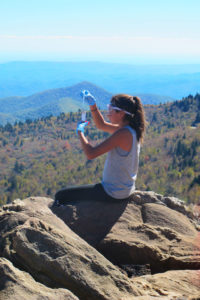
Hollow Soil Area
Low nitrates
Very low phosphates
Medium potassium
-Very rich soil
-Makes a hollow noise when knocked
- Sparkly soil -> mineral in the soil
- Causes no trees to grow
Golden Rod

Goldenrod is found in places such as savannas, prairies and meadows. There are 100 to 120 different species of goldenrod. These plants are primarily found in North American, but can also be found in South America and Eurasia. The height of this plant ranges from 5 centimeters to over a meter.
Coordinates
Elevation: 6,191 feet
Weather: 66°F
Climate: Normal
Longitude: N 35° 19.652'
Latitude: W 082° 52.491'
Cord Grass
Cordgrass, or Spartina, is part of the grass family. It is usually found in salt marshes. They are native to habitats to coasts along the Atlantic ocean, southern Europe, southern Africa, the Americas and Atlantic Island. The size of cordgrass ranges from 0.3 meters to 2 meters tall.
Pine Trees
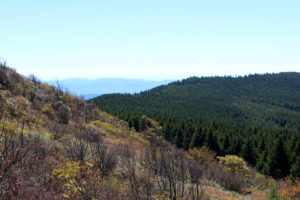
Pines are part of the genus, Pinus and the family, Pinaceae. Currently there are 126 different species of pine tree. They grow anywhere from 10 feet to 260 feet. Pines age from 100 years to 1,000 years, some can even life longer.
